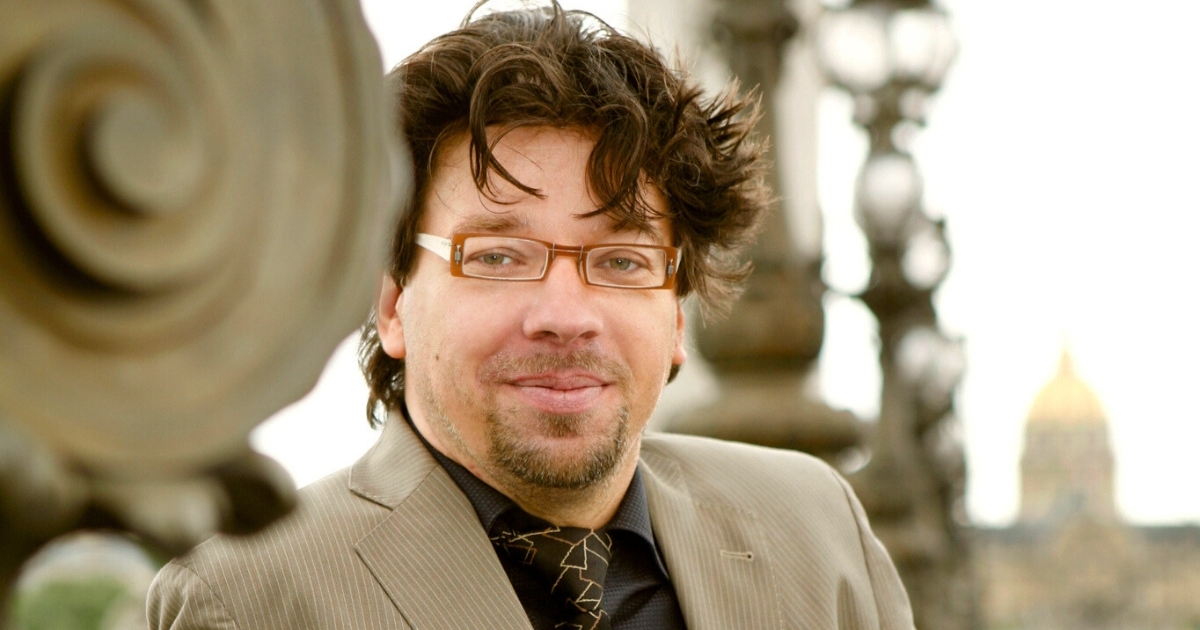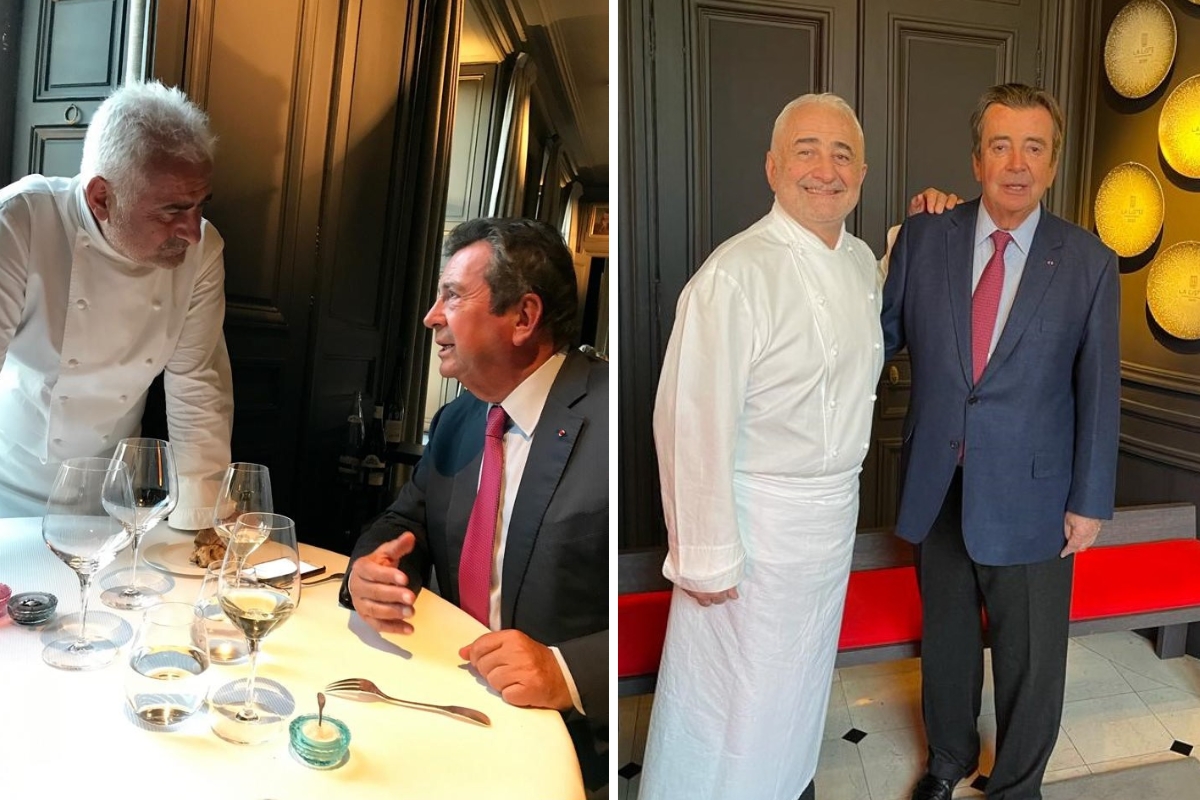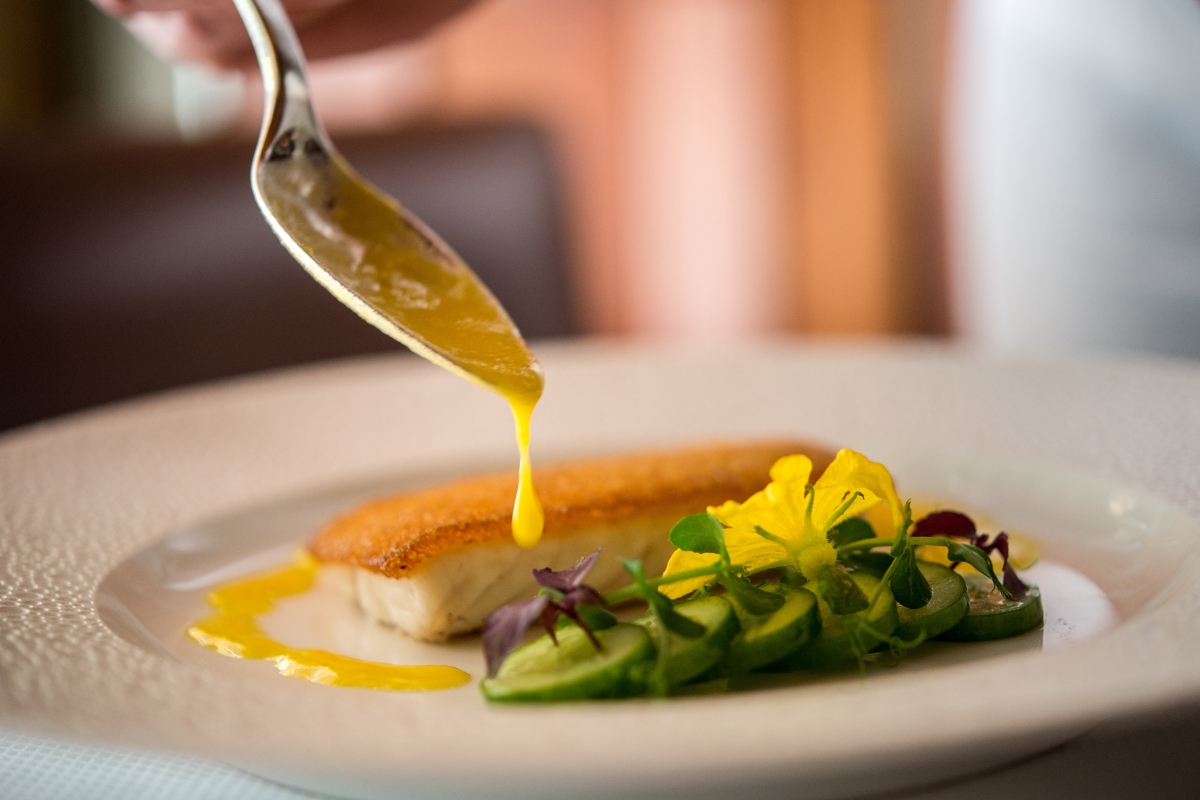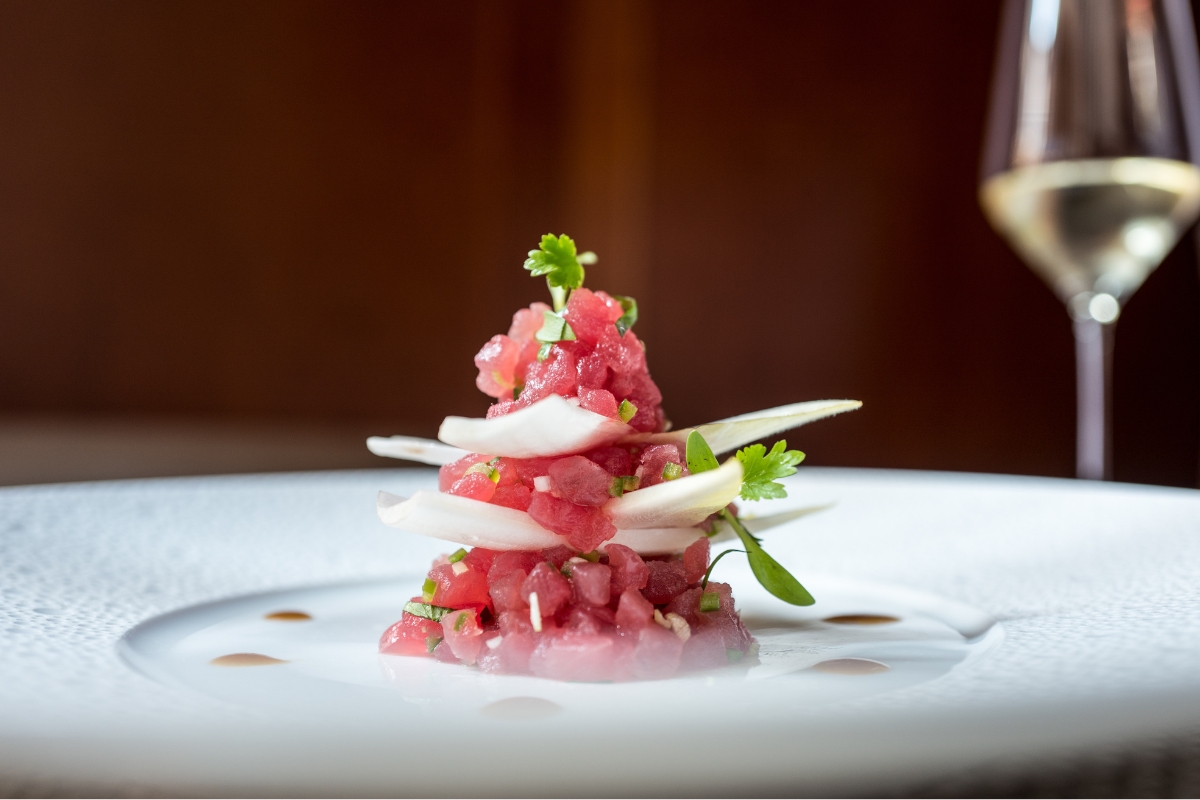La Liste: The First Global Restaurant and Hotel Guide
When Cologne-born Jörg Zipprick, co-founder and editor of La Liste mobile app, was just 18 years old, he got severely sick and received the best advice of his life: find what brings you pleasure when you eat.

This sage challenge from an Egyptian pharmacist was life-altering. “For a German [at that time], it was a question like ‘What gives you pleasure putting gas in your car?’” Zipprick jokes. But he heeded the advice and booked himself at a great restaurant, which opened his eyes and stomach to the joy of food.
He began organising little food tours around Europe for himself and created a file on restaurants in order to choose wisely. “I always hesitated to spend my hard-earned money (€50-60 for a great meal 40 years ago compared to €250-700 today) on places that were fabulous for some and so-so for others,” Zipprick says. “The idea to compile sources to aggregate them already existed back in the days. But without the Internet, the compilation was not easy to realise.”
A former law student, Zipprick pursued food journalism and left his home country at age 25 to live in gastronomy capitals – Paris, New York, Madrid and Vienna – arguably becoming a citizen of the world with international travel and dining. (He has written 27 books largely focused on food, restaurants and travel.) He bought guidebooks and magazines in the countries he visited and discovered others at his local library. Over the years, his data grew and evolved with technology.
About a decade ago, “there was a huge backlash against French cuisine” in favour of modern trends like molecular gastronomy, Zipprick notes, and he was introduced to Philippe Faure, a former French diplomat and foodie. They decided to build a restaurant classification system together to promote good food not only in France, but around the world. Faure, founder and CEO of La Liste, underwrote the project until sponsors were secured. “There’s always a rumour that the French government is behind La Liste but it’s not true,” Zipprick laughs.
Since 2015, the duo and their international team have been helping people choose eateries wisely via La Liste, a geolocator app with 40,000+ good restaurants in 200 countries, including an annual top 1,000 list worldwide. It is the first global food guide in the world. “I sometimes say La Liste is like Rottentomatoes.com, only with food,” Zipprick says. About 200,000 people have downloaded the app to date.

Using an algorithm, La Liste aggregates content from guidebooks, magazines, newspapers, other media, selected blogs and even YouTube channels, with 10 percent weighting from consumer reviews on Google, TripAdvisor, Foursquare, Yelp, Dianping, Tabelog, etc. “Consumer reviews are often criticized but they can point to patterns like recurring problems,” Zipprick notes. “I read them in reverse for bad reviews. This feedback gives us the chance to correct the enthusiasm or criticism of professionals.”
La Liste’s algorithm determines the quality of guidebooks and other publications in various countries for a total of around 1,000 inputs as a meta-ranking. “It’s the power of aggregation – the more you have, the better it is – and the classification is less foreseeable,” Zipprick says. La Liste likens itself to a drone that flies over and maps the terrain of gastronomy. It is built on the theories that multiple opinions are better than one and sources should be transparent. It tries to be as objective as possible while incorporating subjective reviews and avoiding sources with conflicts of interest.
“La Liste creates more equality and gives a voice to everybody,” notes three-Michelin-starred Chef Eric Ripert of Le Bernadin restaurant in New York City. “It’s a great way to maybe avoid a mistake because one journalist or food critic, even if excellent, had a bad experience … but it doesn’t necessarily reflect on the great job of the restaurant day after day.”
La Liste’s app has three tabs for restaurants, pastry shops and hotels (added in 2023) by geolocation with search options. The restaurants have three categories: the majority red for “food gem,” typically casual, smaller, inexpensive eateries; silver for “outstanding,” often with a single Michelin star; and gold for the 1,000 best in the world, often with two or three Michelin stars.
“The upscale market in guidebooks is sometimes too extreme,” Zipprick adds. “Three niches don’t make mainstream. For example, the ‘dictator’s menu’ is popular now where chefs tell you what to eat from A to Z. But who has mastered the classics and basics among us?”
An annual top 1,000 list for hotels debuted in June 2023, led by the Ciapiani Hotel in Venice, Italy. The properties are not ranked for gastronomy, rather by all criteria with the same methodology as restaurants. It includes boutique hotels along with big chains. More boutique properties plus bed and breakfasts will be added this year.
While “all of the riches in La Liste are in the app” per Zipprick, Laliste.com features the most recent top 1,000 lists and additional information. It is being updated and will be relaunched by October 2024.

Comparing competitors
The Guide Michelin and Gault & Millau apps are La Liste’s competitors, especially the former, but they have a narrower focus with fewer listings and countries represented. “Inclusiveness is our main point of difference and method of selection,” Zipprick says. “If you only focus on very technical and expensive places, you miss a lot of good things. It is important in La Liste to also have a huge selection of restaurants that people can afford, plus honest and tasty foods such as the best frites in Belgium and best kebabs in Vienna. Our objective is to promote good food.”
“With La Liste, you can be anywhere and some restaurants will pop up, even in Iran and Turkmenistan,” Zipprick continues. In contrast, Guide Michelin covers 32 countries and regions in the Americas, Europe and Asia Pacific, highlighting higher end restaurants and hotels. Gault&Millau lists restaurants, chocolatiers and cocktail bars in only 12 countries, mainly in Europe plus Serbia, Dubai and Japan. But unlike the other apps, La Liste does not provide restaurant descriptions, rather links to curated articles.
“Guide Michelin has existed for about 120 years [so] it has this kind of following from generation to generation … it’s important and very recognized,” Chef Ripert notes. “La Liste is fairly new but it’s growing very fast [in both] importance and relevance.”
Regarding Guide Michelin, “it’s always a race between the two of us but we are different,” Zipprick says. “Guide Michelin is more focused on the stars. La Liste is more current and varied.”
Moreover, Guide Michelin relies on an inspector system whereas La Liste depends on source material. “We cannot know all the restaurants in the world,” Zipprick states. “Once we have sources, we put a small point on a map. The app shows exactly who has written about a restaurant. The inspector system is legendary … if you look at the multitude of restaurants in guidebooks, how many inspectors do you need? You do not know if a restaurant has been tested or inspected.”

The World’s 50 Best Restaurants and similar hotel annual listings, which preceded La Liste by 10-15 years are simply online, not an app, so not direct competition. Plus, they are committee-driven, not research-driven, with geographical regions that have chef or foodie voters per Zipprick, who was a voter himself. Hélène Pietrini, managing director of La Liste, used to manage the 50 best lists.
“About 10 to 20 percent of restaurants get all of the publicity but they’re not necessarily the best, rather the best communicators,” Zipprick says. La Liste tries to objectively even the playing field and greatly expands it.
App feedback
Feedback from consumers and businesses about La Liste has been anecdotal but positive, according to Zipprick. “We’re not in the reservation business. The answer will be different from country to country.” But he can confidently claim that La Liste is broadening the customer base for restaurants and hotels and informing app users of new places.
“It has made a difference with our business for sure,” says Chef Ripert, whose Le Bernadin was ranked the number one restaurant in the world on La Liste in 2024. “La Liste has been growing rapidly in terms of credibility and attention, and we have a lot of clients that come because of it.” This includes international clients, particularly from countries where La Liste is very strong like Korea, Japan and China, he reports. The top spot also garnered significant media attention.
La Liste also recognises restaurants and hotels via award programs and events in various countries, totalling about 100 awards per year. In the next few years, it will likely expand to incorporate wines, spirits and concepts by culture, according to Zipprick. “Our number one may not be yours,” he concedes. “Taste is cultural.”
Meanwhile, La Liste makes good food and accommodations easy to find with an app that puts the whole world of hospitality in your hands.
*Image credits from top: Jörg Zipprick, La Liste co-founder and editor; Chef Guy Savoy & Philippe Fauré, co-founder of La Liste; crusted red snapper; spiced Persian cucumbers, white balsamic-anticucho sauce - Eric Ripert; Asian tuna tartare with Belgian endive - Eric Ripert.

